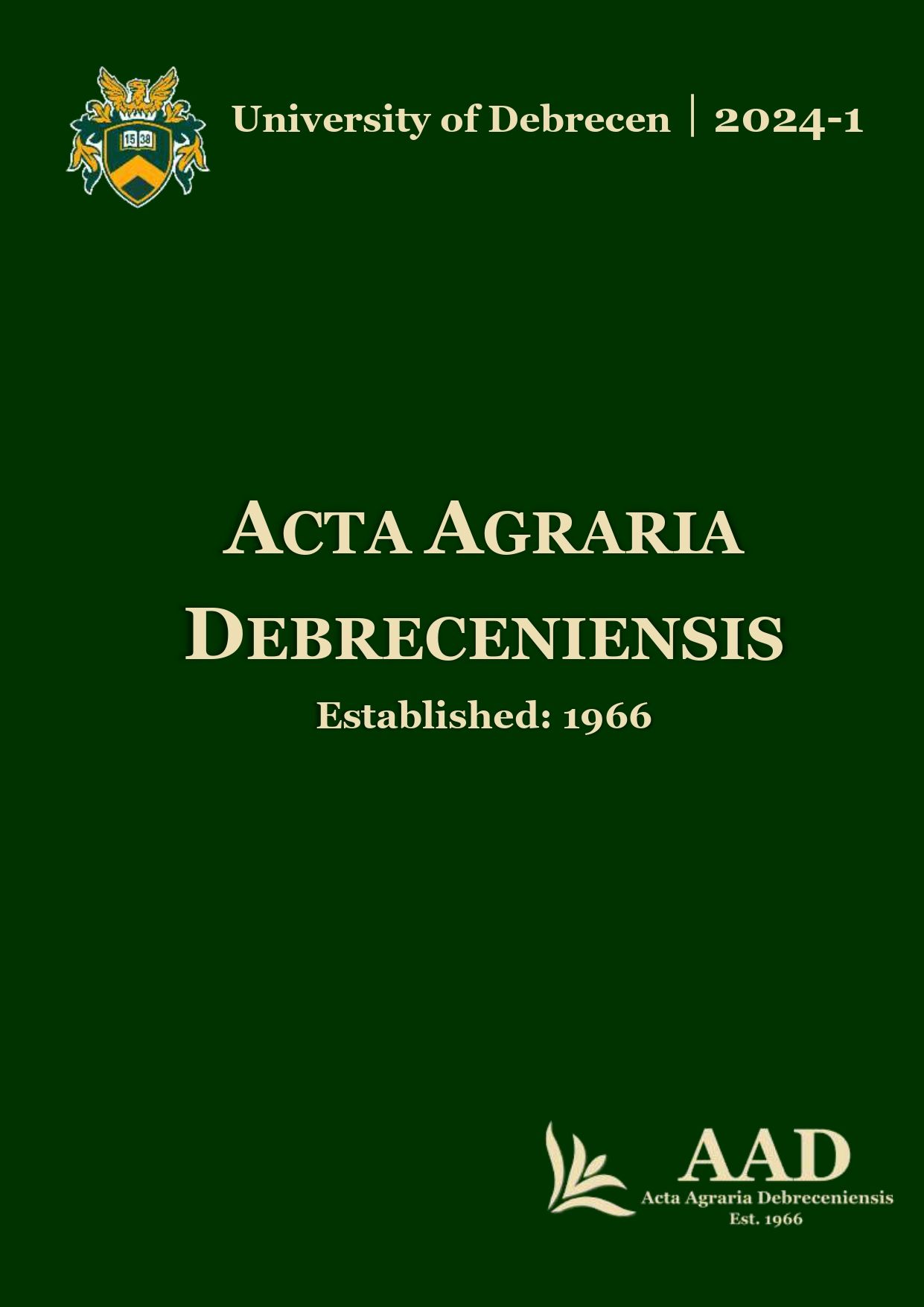An advanced classification method for urban land cover classification
Authors
View
Keywords
License
Copyright (c) 2024 by the Author(s)

This work is licensed under a Creative Commons Attribution 4.0 International License.
How To Cite
Accepted 2024-04-18
Published 2024-06-03
Abstract
This manuscript presents a detailed comparative analysis of three advanced classification techniques that were used between 2018 and 2020 to classify land cover using Landsat8 imagery, namely Support Vector Machine (SVM), Maximum Likelihood Classification (MLSC), and Random Forests (RF). The study focuses on evaluating the accuracy of these methods by comparing the classified maps with a higher-resolution ground truth map, utilising 500 randomly selected points for assessment.
The obtained results show that, compared to MLSC and RT, the Support Vector Machine (SVM) approach performs better. The SVM model demonstrates enhanced precision in land cover classification, showcasing its effectiveness in discerning subtle differences in landscape features.
Furthermore, using the precise classification results produced by the SVM method, this study examines the temporal variations in land cover between 2018 and 2020. The results provide insight into dynamic land cover changes and highlight the significance of applying reliable classification techniques for thorough temporal analysis with Landsat8 images.
References
- Belenok, V.; Noszczyk, T.; Liliia, H.B.; Sergiy, K. (2021): Investigating anthropogenically transformed landscapes with remote sensing. Remote Sensing Applications: Society and Environment, 24, https://doi.org/10.1016/j.rsase.2021.100635
- Biswas, J.; Jobaer, M.A.; Salman F.; Haque, M.S.I.S.; Zamil A.L. (2023): Mapping and monitoring land use land cover dynamics employing Google Earth Engine and machine learning algorithms on Chattogram, Bangladesh. Heliyon. 9/11, https://doi.org/10.1016/j.heliyon.2023.e21245
- Bolton, D.K.; Gray, J.M.; Melaas, E.K.; Moon M.; Eklundh, L.; Friedl, M.A. (2020): Continental-scale land surface phenology from harmonized Landsat 8 and Sentinel-2 imagery. Remote Sens Environ, 240, 111685, https://doi.org/10.1016/j.rse.2020.111685
- Breiman, L. (2001): Random Forests. Kluwer Academic Publishers, Machine Learning, 45, 5–32. https://doi.org/10.1023/A:1010933404324
- Chi, M.; Feng, R.; Bruzzone, L. (2008): Classification of hyperspectral remote-sensing data with primal SVM for small-sized training dataset problem. Adv. Space Res, 41, 1793–1799. https://doi.org/10.1016/j.asr.2008.02.012
- Chowdhury, M.S. (2024): Comparison of accuracy and reliability of random forest, support vector machine, artificial neural network and maximum likelihood method in land use/cover classification of urban setting. Environmental Challenges, 14, https://doi.org/10.1016/j.envc.2023.100800
- Falkowski, M.J.; Wulder, M.A.; White, J.C.; Gillis, M.D. (2009): Supporting large-area, sample-based forest inventories with very high spatial resolution satellite imagery. Prog. Phys, Geogr, 33/3, 403–423. https://doi.org/10.1177/0309133309342643
- Foody, G. (1992): On the compensation for chance agreement in image classification accuracy assessment. Photogramm. Eng. Rem. Sens, 58, 1459–1460. http://pascal-francis.inist.fr/vibad/index.php?action=getRecordDetail&idt=4313997
- Foody, G.M. (2020): Explaining the Unsuitability of the Kappa Coefficient in the Assessment and Comparison of the Accuracy of Thematic Maps Obtained by Image Classification. Remote Sensing of Environment, 239, Article ID: 111630. https://doi.org/10.1016/j.rse.2019.111630
- Guizani, D.; Bódi, E.B.; Tamás, J.; Nagy, A. (2024): Enhancing water balance assessment in urban areas through high-resolution land cover mapping: Case study of Debrecen, Hungary. Environmental Challenges. 15, April 2024, 100906. https://doi.org/10.1016/j.envc.2024.100906
- Hermosilla, T.; Wulder, M.A.; White, J.C.; Nicholas, C.C. (2022): Coops. Land cover classification in an era of big and open data: Optimizing localized implementation and training data selection to improve mapping outcomes. Remote Sensing of Environment, 268, https://doi.org/10.1016/j.rse.2021.112780
- Jamali, A. (2021): Land use land cover mapping using advanced machine learning classifiers. Ekológia (Bratislava), 40/3. https://doi.org/10.2478/eko-2021-0031
- Mohamed Abd, A. (2019): Land cover and land use classification performance of machine learning algorithms in a boreal landscape using Sentinel-2 data. GIScience & Remote Sensing, 57/1, https://doi.org/10.1080/15481603.2019.1650447
- Powell, S.L.; Cohen, W.B.; Healey, S.P.; Kennedy, R.E.; Moisen, G.G.; Pierce, K.B.; Ohmann. J.L. (2010): Quantification of live aboveground forest biomass dynamics with Landsat time-series and field inventory data: a comparison of empirical modeling approaches. Remote Sens, Environ, 114, 1053–1068. https://doi.org/10.1016/j.rse.2009.12.018
- STRATEGY 24. (2022): Sustainable urban development strategy for Debrecen City 2021–2027. EDC Debrecen NGO, Available online: https://www.debrecen.hu/assets/media/file/hu/35689/fvs-megalapozo-debrecen-v02.pdf
- Talha, M.; Farrukh, A.B.; Sajid, G.; Hamza, Z. (2023): ADU-Net: semantic segmentation of satellite imagery for land cover classification Adv. Space Res., 72 (5) pp. 1780–1788. https://doi.org/10.1016/j.asr.2023.05.007
- Wang, Y.; Sun, Y.; Cao, X.; Wang, Y.; Zhang, W.; Cheng, X. (2023): A review of regional and Global scale Land Use/Land Cover (LULC) mapping products generated from satellite remote sensing. ISPRS Journal of Photogrammetry and Remote Sensing, 206, 311–334. https://doi.org/10.1016/j.isprsjprs.2023.11.014
- Yonaba, R.; Koïta, M.; Mounirou, L.A.; Tazen, F.; Queloz, P.; Biaou, A.C.; Niang D., Zouré C., Karambiri H., Yacouba H. (2021): Spatial and transient modelling of land use/land cover (LULC) dynamics in a Sahelian landscape under semi-arid climate in northern Burkina Faso. Land Use Policy, 103. Article 105305. https://doi.org/10.1016/j.landusepol.2021.105305.

 https://doi.org/10.34101/actaagrar/1/13652
https://doi.org/10.34101/actaagrar/1/13652